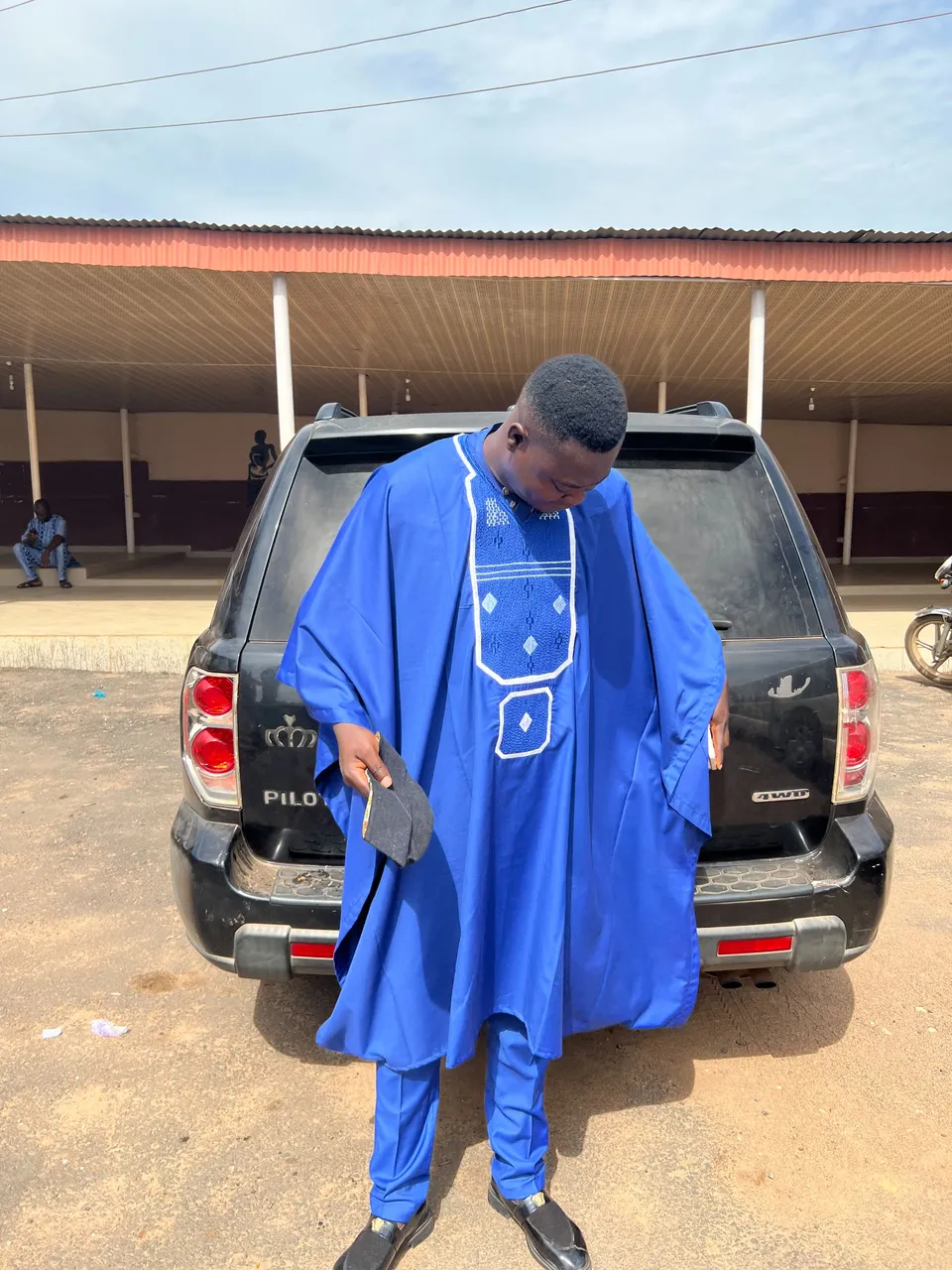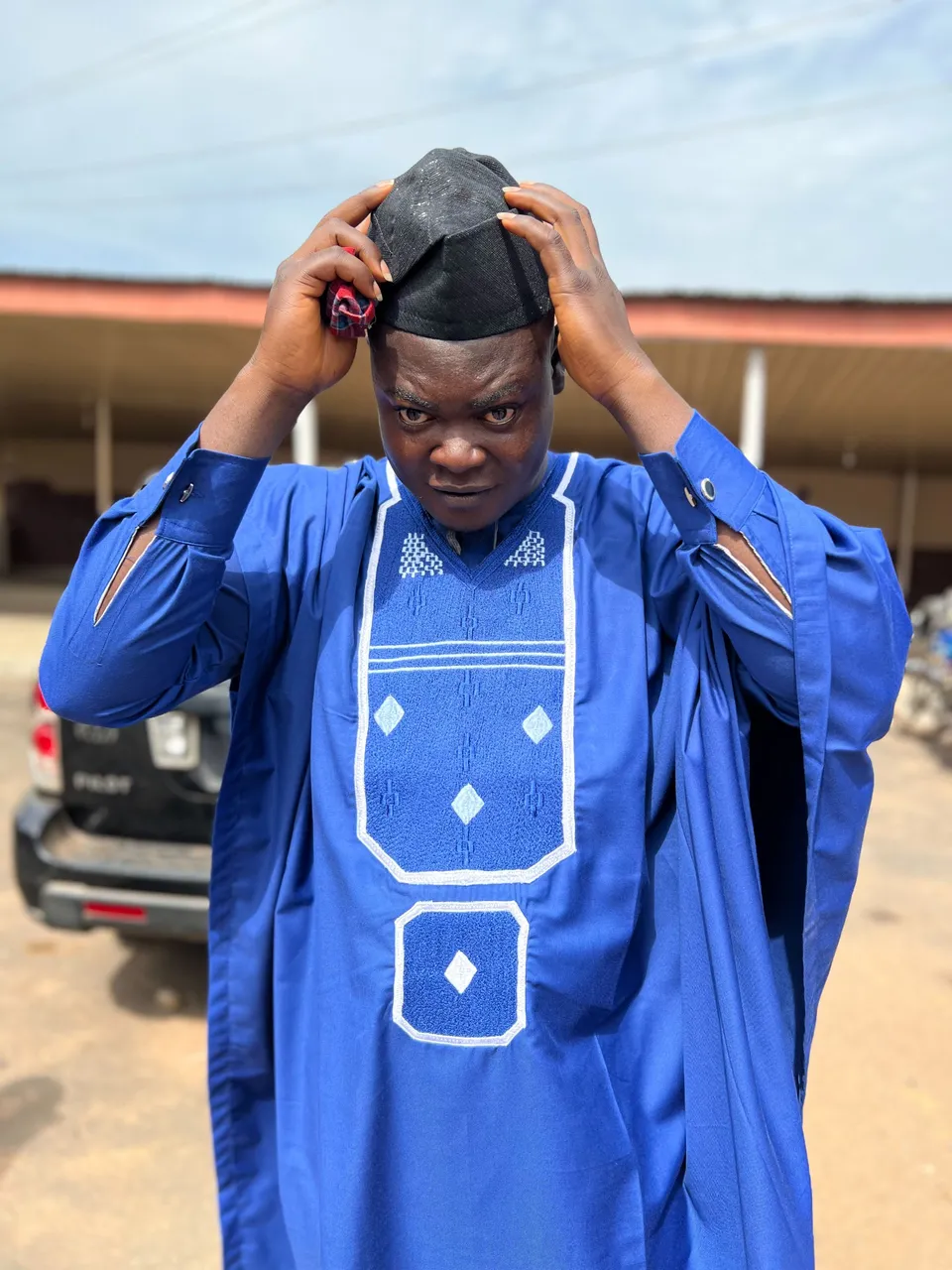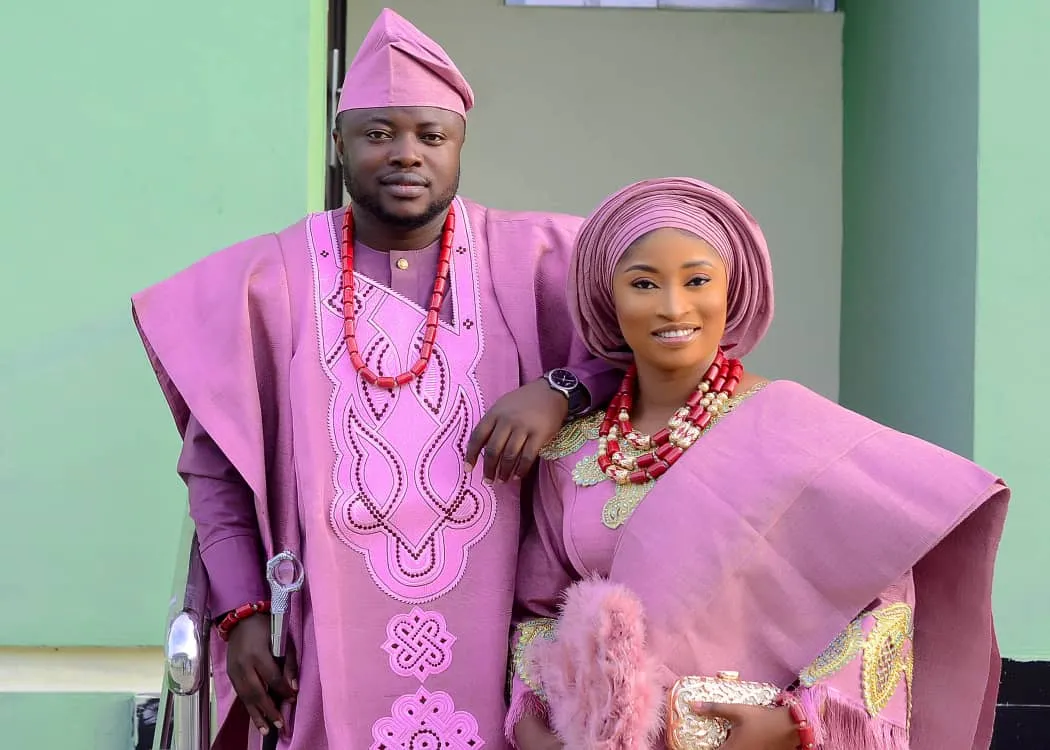
The role of dressing in any setting can never be overemphasized; dressing from the onset can be seen as a means of identification that helps people determine who's our statue in society, our profession, culture, and much more, to mention but a few. By seeing how someone dresses, you can easily determine if they're a doctor or lawyer, from Africa or Europe, and much more, to mention but a few. Today, I'd love to talk about my dressing style and all that it entails.
There is even this common saying that backs up my above theory, and it goes thus: dress the way you want to be addressed; mean, the way you present yourself to the general public is how they'll address you, and you can dress like a roadside beggar and be expected to be addressed as a king and the like. When it comes to my choice of dressing style between both Africa and West World dressing styles, I've got a choice between them, even though I admire both.

My choice of dressing between both is definitely the African style of dressing. As an African man from the Yoruba tribe in the western part of Nigeria, one of the things I enjoyed most about my culture is the dressing, and I've come to adopt that style of clothing by rocking it to different occasions, from work to parties to religious settings and the like. I personally see this as an avenue to project and promote my culture to the world at large.
Growing up, I never really admired our dressing because of how the world evolved around me and the preferences of most reputable people, but as I've grown up, I've come to see that our style of dressing isn't in any way bad; in fact, it can be incorporated into being modern and befitting in any setting, and as a good ambassador for my people, I've taken it upon myself to rock this dress, not just because I want to defend our culture, but also because I don't want our dressing style to go into extinction.

Down here in Yoruba land and its environs, we've got different types of fabrics that are used to craft out the masterpiece of our cultural dressing, and some of them are listed below:
- Ofi/Aso Oke
- Kampala
- Ankara
- Lace
- Senator
- Atiku and the like.
All of this is super cool, and I can use most of it to sew my dress. Well all but Lace, which is a type of fabric that has holes within it and is sometimes dazzling. I don't like that particular one because I don't like glittering things, and neither do I buy the idea of wearing a dress that's got holes all around it.

The others are super cool, and due to how fashionable they're with modern stylist sewing in a distinct way, we've seen people even from the Western world adopt it.
Before I bring this to a close, it is worthy of nothing that this dressing off ours in the Yoruba tribe is divided into segments based on the gender, which are stated below.
| MEN | WOMEN |
|---|---|
| Buba(Shirt/Top) | Buba(Shirt/Top) |
| Sokoto(Trouser) | Iro(Wrapper/Skirt) |
| Fila(Cap) | Gele(Headgear) |
| Agbada (Extra layer top) | Ipele (Shoulder sash or shawl |
| Egba Oro (Beads) | Egba Oro (Beads) |
The above are basically all that our culture's dressing comprises in Yoruba Land. Although the agbada is mostly worn on special occasions, it's unlikely that others can easily be worn around. In a nutshell, I believe the picture below encompasses all that I listed above and would help you understand better.

So without further ado, I believe you'll agree with me that although both Western and African dressing styles are cool, I personally preferred the African dressing style, and as you can see in all the pictures I share, I'm mostly dressed in those attires; that's just me for you, and if you were opportune to see my clothes on the hanger, you'll see that African culture attire is the majority therein.
That's about it for now. I hope you enjoyed the read. The write-up was inspired by the Hive Ghana community. You can also read this post I wrote a year ago to learn more about the Yoruba people's culture.
NOTE: All photos are mine.
Thanks for your time. Have a wonderful night's rest.